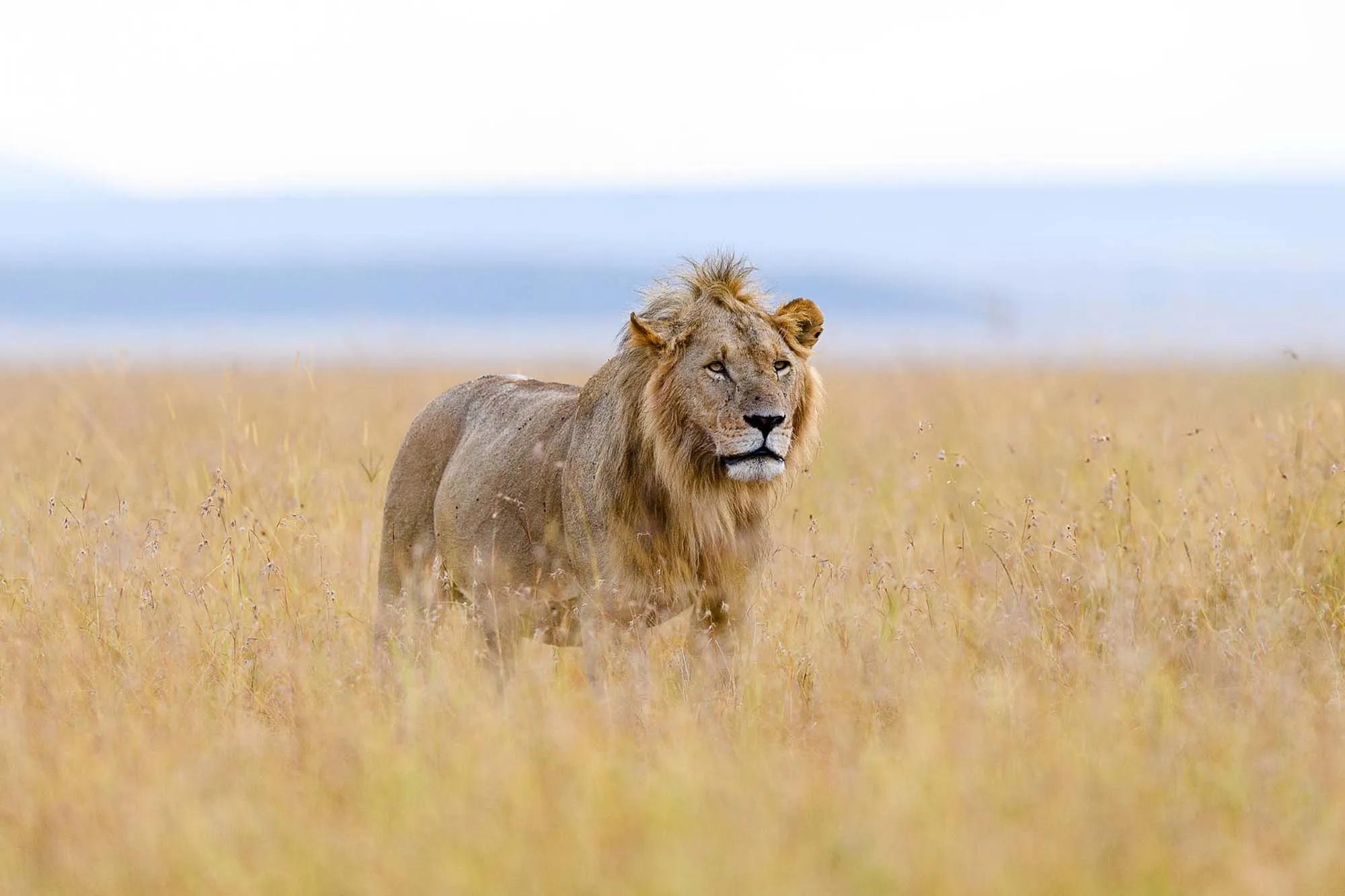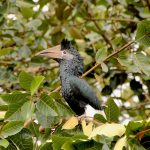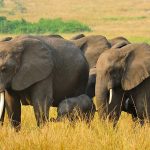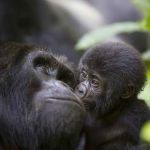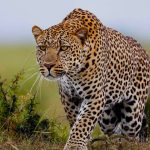The Majestic African Lion: Pride of the Savanna
The African Lion, scientifically known as Panthera leo, stands as the undisputed king of the African savannah. Its regal presence, majestic roar, and symbol of strength have earned it a place of reverence in various cultures and wildlife conservation efforts.
Distribution and Habitat: – The African Lion (Panthera leo)
African lions are primarily found in sub-Saharan Africa, occupying a range of habitats including grasslands, savannahs, and open woodlands. Their presence can be noted in countries such as Kenya, Uganda, Tanzania, South Africa, Botswana, and Namibia. Lions are highly adaptable and can thrive in diverse environments, from arid deserts to lush grasslands.
Physical Characteristics:
Size and Weight: African lions are the only big cats that live in social groups called prides. Adult males are generally larger than females, with males weighing between 330 to 550 pounds (150 to 250 kg) and females weighing between 265 to 395 pounds (120 to 180 kg). The length of an adult lion, excluding the tail, ranges from 5 to 8 feet (1.5 to 2.4 meters).
Mane: One of the most distinctive features of the male African lion is its impressive mane. The color and size of the mane can vary, ranging from blond to black, and it serves as a visual indication of the lion’s age and health. A darker, fuller mane is often associated with a healthier and more dominant individual.
Behavior and Social Structure:
African lions are highly social animals, often forming groups known as prides. A typical pride consists of related females and their offspring, led by a dominant male. These social structures contribute to cooperative hunting, protection of territory, and the upbringing of cubs. Lions are crepuscular, meaning they are most active during dawn and dusk, utilizing the cover of darkness for hunting.
Diet and Hunting:
Lions are apex predators, preying on a variety of herbivores such as zebras, wildebeests, and gazelles. The hunting strategy often involves teamwork, where lionesses coordinate to encircle and ambush their prey. The powerful bite force and sharp claws of lions make them efficient hunters, capable of taking down large animals.
Conservation Status and Threats:
Despite their iconic status, African lions face numerous threats that jeopardize their existence. Habitat loss due to human encroachment, poaching, and conflicts with livestock farmers pose significant challenges. Additionally, the illegal trade of lion parts and bones exacerbates the pressure on lion populations. As a result, the International Union for Conservation of Nature (IUCN) classifies African lions as vulnerable, emphasizing the urgency of conservation efforts.
Conservation Initiatives: – The African Lion (Panthera leo)
Despite their status as the “King of the Jungle,” African lions face numerous threats to their survival. Habitat loss, human-wildlife conflict, and poaching pose significant challenges. The International Union for Conservation of Nature (IUCN) lists the African lion as vulnerable, emphasizing the need for conservation efforts to protect these majestic creatures.
Conclusion/Remarks – The African Lion (Panthera leo)
The African lion stands as a symbol of Africa’s untamed beauty and serves as a vital component of its ecosystems. As we celebrate the magnificence of this species on its 1-year birthday, it is crucial to reflect on the challenges it faces and collectively work towards ensuring a future where these majestic creatures continue to roam the African savannah. Through sustained conservation efforts and global awareness, we can strive to secure the legacy of the African lion for generations to come.

